Successful completion of Illinois Basin - Decatur CCS project; CO2 from ethanol plant
Green Car Congress
MAY 24, 2021
ADM and the University of Illinois announced the successful completion of the Illinois Basin - Decatur Project (IBDP), a carbon capture and storage (CCS) project designed to evaluate and test the technology at commercial scale. The project is currently permitted to operate through 2022 and has the potential to store up to 5.5

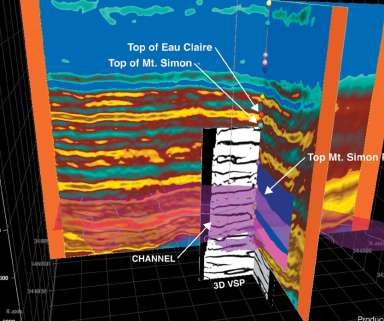
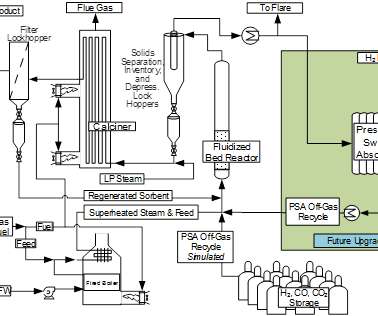



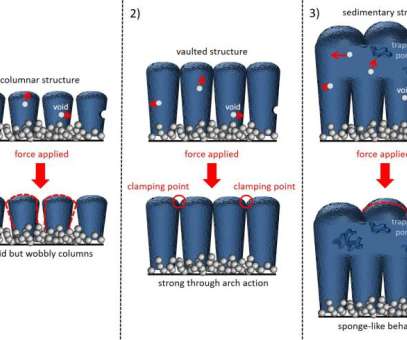


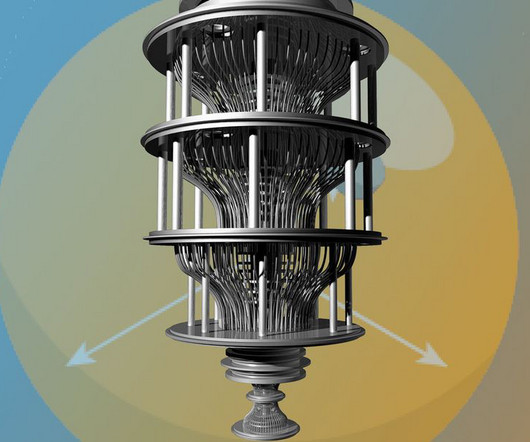













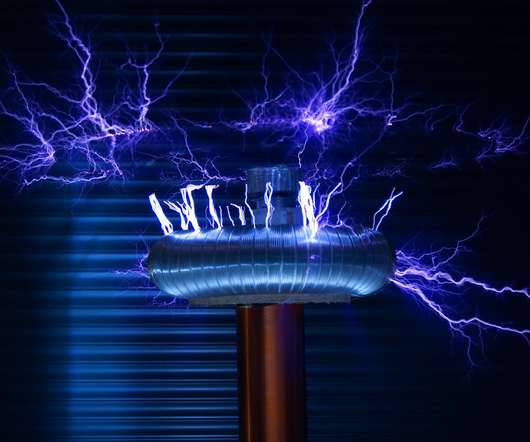













Let's personalize your content